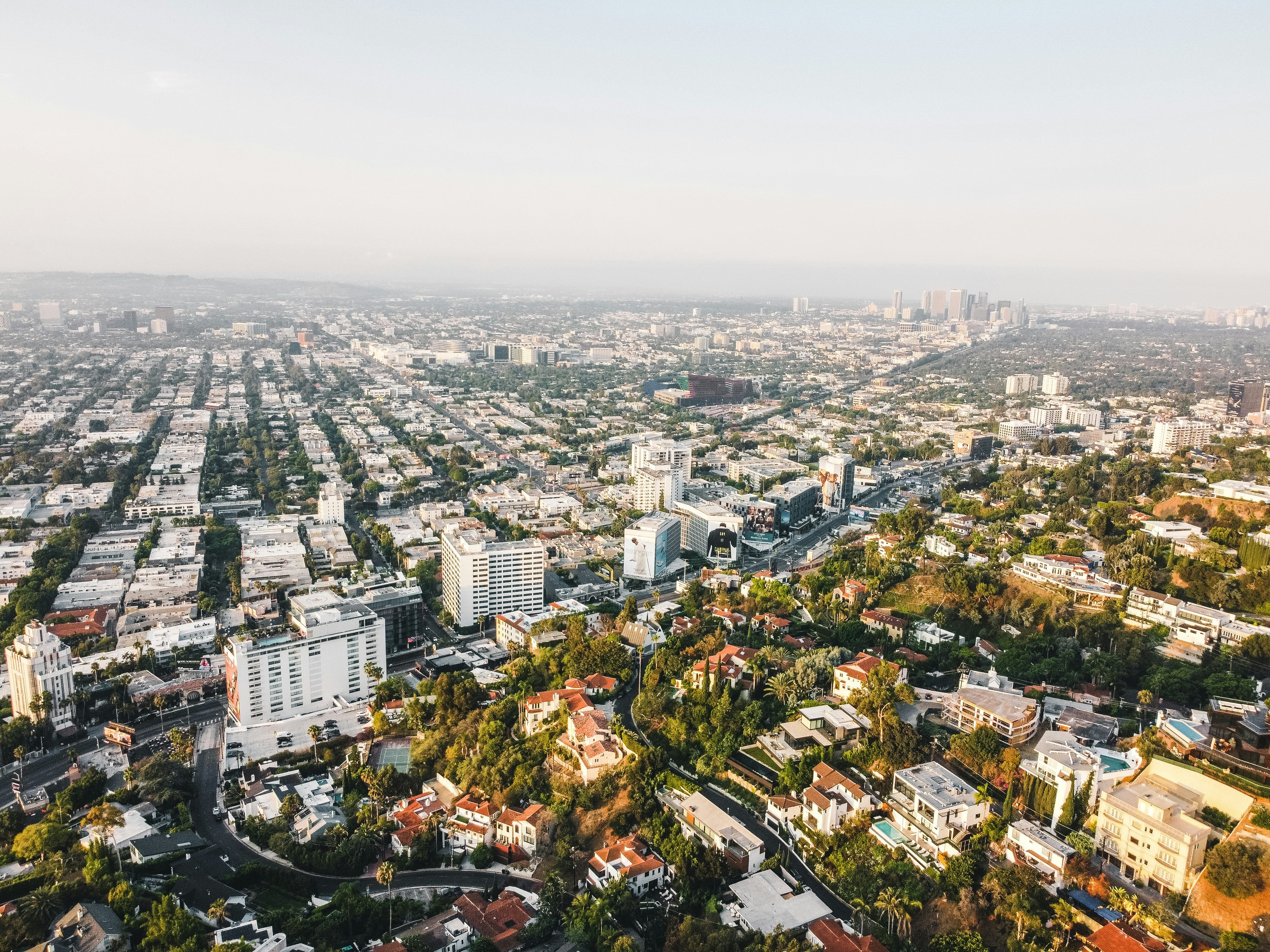
- calendar_month March 7, 2025
- folder Tips
Los Angeles is a city constantly reinventing itself, with neighborhoods evolving over time to reflect changing demands and growing populations. From agricultural roots to thriving urban centers, areas like Sherman Oaks, Beverly Hills, Porter Ranch, Culver City, Downtown LA, and Santa Monica each tell a unique story of growth and transformation.
Sherman Oaks: From Farm to Family-Friendly Urban Hub
Sherman Oaks began as agricultural land in the late 1800s and transitioned into a suburban neighborhood in the early 20th century. Over the years, it has become a sought-after area in the San Fernando Valley, known for its peaceful streets, family-friendly vibe, and thriving commercial district along Ventura Boulevard. Today, Sherman Oaks blends suburban charm with urban conveniences, attracting families, young professionals, and celebrities.
Beverly Hills: The Birth of Hollywood Glamour
Beverly Hills was established in the early 1900s as a luxury residential area and soon became a hotspot for Hollywood’s elite. By the 1920s, it was synonymous with glamour, attracting movie stars and filmmakers. Over the years, the neighborhood has maintained its iconic status with its luxury real estate, upscale shopping on Rodeo Drive, and cultural landmarks. Beverly Hills continues to represent wealth and prestige, evolving into a global symbol of luxury.
Porter Ranch: From Rural to Growing Suburban Oasis
Once an agricultural area, Porter Ranch began its transition to a suburban neighborhood in the 1970s. Over the past few decades, the area has flourished with new residential developments, schools, and shopping centers, making it a popular choice for families seeking a quieter lifestyle with easy access to the city. Today, Porter Ranch is known for its scenic hills, green spaces, and suburban charm, offering a peaceful retreat in the midst of LA’s hustle and bustle.
Culver City: The Heart of Film and Innovation
Culver City, established in the early 1900s, was initially a hub for film production, with the founding of MGM studios. Over the decades, Culver City evolved from a small town into a vibrant urban area known for its creative industries, including entertainment, tech, and media. Today, Culver City is home to a growing number of tech companies, popular restaurants, and a revitalized downtown area, making it one of LA’s most dynamic and innovative neighborhoods.
Downtown LA: From Industrial Hub to Cultural Center
Downtown Los Angeles has undergone one of the most dramatic transformations in the city. Once an industrial and financial center, the area faced significant decline in the mid-20th century. However, in recent decades, Downtown LA has experienced a resurgence, with new residential developments, cultural attractions like the Walt Disney Concert Hall, and a booming arts scene. It has become a dynamic, bustling area with a mix of businesses, entertainment, and luxury living, offering a vibrant, urban experience.
Santa Monica: From Beachside Retreat to Urban Destination
Santa Monica started as a small beachside resort town in the late 1800s. Over time, it became a popular destination for tourists and locals alike, known for its iconic pier, sandy beaches, and laid-back atmosphere. In recent years, Santa Monica has developed into a thriving urban destination with high-end shopping, trendy restaurants, and tech offices. It still holds onto its beach charm while embracing modern development, making it a desirable spot for both tourists and residents.
Conclusion
From Sherman Oaks’ suburban serenity to Beverly Hills’ timeless luxury, Porter Ranch’s peaceful retreat, and the evolving urban hubs of Culver City, Downtown LA, and Santa Monica, LA’s neighborhoods continue to adapt and thrive. Each area reflects different aspects of the city’s ever-changing character, offering a glimpse into LA’s rich history and the dynamic future of its diverse communities.
